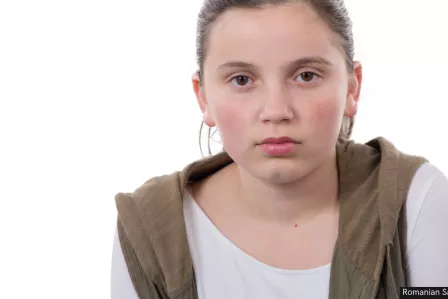Social platforms have become integral to our daily lives, offering connectivity, entertainment, and information. However, the increasing presence of children and young people on these platforms has raised concerns about age-appropriate usage and online safety. Understanding the age limits set by various social platforms is essential for ensuring responsible and secure engagement in the digital space.

Understanding and adhering to these age restrictions is vital for safeguarding children and adolescents in the online environment.
- Facebook and Instagram, two of the most popular social networking platforms, require users to create accounts that are at least 13 years old. This age restriction is specified in their terms of service to comply with the Children's Online Privacy Protection Act (COPPA) in the United States, which aims to protect the privacy of children under 13 online.
- Snapchat, known for its disappearing messages and multimedia content, explicitly states in its Terms and Conditions that its services are not intended for children under 13. Users must confirm that they are 13 or older when creating an account.
- WhatsApp, a widely used messaging platform, initially set the minimum age for users in the European area at 16. However, this was later adjusted to 13, aligning with similar age restrictions imposed by other platforms.
- TikTok, a platform specialising in short-form video content, requires users to be at least 13 to use the service. This requirement protects younger users from potentially inappropriate content and interactions.
- YouTube, the leading video-sharing platform, offers a tailored solution for younger audiences with YouTube Kids, specifically curated for children. For users over 13 years old, YouTube allows parents to monitor their accounts through parental controls, ensuring a safer and more controlled viewing experience.
Age-appropriate usage helps mitigate potential risks such as exposure to inappropriate content, cyberbullying, and privacy concerns. Moreover, it fosters responsible digital citizenship by promoting informed decision-making and ethical behaviour online. As a result, it is fundamental for parents, caregivers, educators, and teachers to understand age restrictions to protect children and adolescents.
Find more information about the work of the Romanian Safer Internet Centre, including their awareness raising, helpline, hotline, and youth participation services, or find similar information for other Safer Internet Centres throughout Europe.
Social platforms have become integral to our daily lives, offering connectivity, entertainment, and information. However, the increasing presence of children and young people on these platforms has raised concerns about age-appropriate usage and online safety. Understanding the age limits set by various social platforms is essential for ensuring responsible and secure engagement in the digital space.

Understanding and adhering to these age restrictions is vital for safeguarding children and adolescents in the online environment.
- Facebook and Instagram, two of the most popular social networking platforms, require users to create accounts that are at least 13 years old. This age restriction is specified in their terms of service to comply with the Children's Online Privacy Protection Act (COPPA) in the United States, which aims to protect the privacy of children under 13 online.
- Snapchat, known for its disappearing messages and multimedia content, explicitly states in its Terms and Conditions that its services are not intended for children under 13. Users must confirm that they are 13 or older when creating an account.
- WhatsApp, a widely used messaging platform, initially set the minimum age for users in the European area at 16. However, this was later adjusted to 13, aligning with similar age restrictions imposed by other platforms.
- TikTok, a platform specialising in short-form video content, requires users to be at least 13 to use the service. This requirement protects younger users from potentially inappropriate content and interactions.
- YouTube, the leading video-sharing platform, offers a tailored solution for younger audiences with YouTube Kids, specifically curated for children. For users over 13 years old, YouTube allows parents to monitor their accounts through parental controls, ensuring a safer and more controlled viewing experience.
Age-appropriate usage helps mitigate potential risks such as exposure to inappropriate content, cyberbullying, and privacy concerns. Moreover, it fosters responsible digital citizenship by promoting informed decision-making and ethical behaviour online. As a result, it is fundamental for parents, caregivers, educators, and teachers to understand age restrictions to protect children and adolescents.
Find more information about the work of the Romanian Safer Internet Centre, including their awareness raising, helpline, hotline, and youth participation services, or find similar information for other Safer Internet Centres throughout Europe.
- < Previous article
- Next article >












